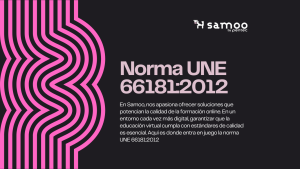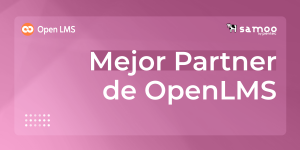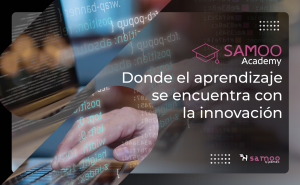
MICROLEARNING
In today's society we live at an accelerated pace due to the scarce time we have. This accelerated pace of life has a notorious influence on access to information and training, which must go at an incessant pace and must be concise, so that in just a few minutes we understand and internalize what we want to transmit.
In this context, the term "microlearning" was coined by Jakob Nielsen in response to the need to access easy learning fragments in a short period of time.
Microlearning is a learning method that consists of fragmenting didactic content into small pills, each with a clear and defined objective, which allows better assimilation of the content since it is carried out in shorter time intervals and avoids information overload.
It is the best way to find quick answers to specific problems.
Some of the advantages of microlearning that we can highlight are:
- It increases people's attention and favors the retention of information in the short and long term, which improves learning and performance in an efficient manner.
- It optimizes time and effort in each session by dealing with short, concise content that is easier to assimilate and understand.
- Facilitates access. The person decides when and from where he/she accesses the content. In this way, they learn at their own pace and their learning needs are fully covered.
- Since each pill provides a focused answer to a single problem, it reduces the information load and prepares personnel to perform specific tasks.
- Increases people's interest and motivation thanks to the variety of techniques and resources that can be used for the creation of microlearning content, such as: video tutorials, infographics, audio podcasts, presentations, gamification, assessments, guides and/or short online lessons.
- Content can be designed in such a way that it is compatible and accessible from different devices, such as tablets, mobiles, PCs, etc.
In short, microlearning allows a comfortable and instantaneous learning process, as well as an adaptability to almost all training processes, allowing to measure its effectiveness immediately. In addition, it can be used as a stand-alone solution for training, as a measure to support longer elearning courses and even as a complement to face-to-face learning.
As you will see, time is no longer an obstacle to training. If you need help with your content, at Samoo we can help you join the world of microlearning.
Watch our video
Last entries


Samoo by Pentec Best OpenLMS Partner 2023

Women in e-learning

Leaders in content virtualization

